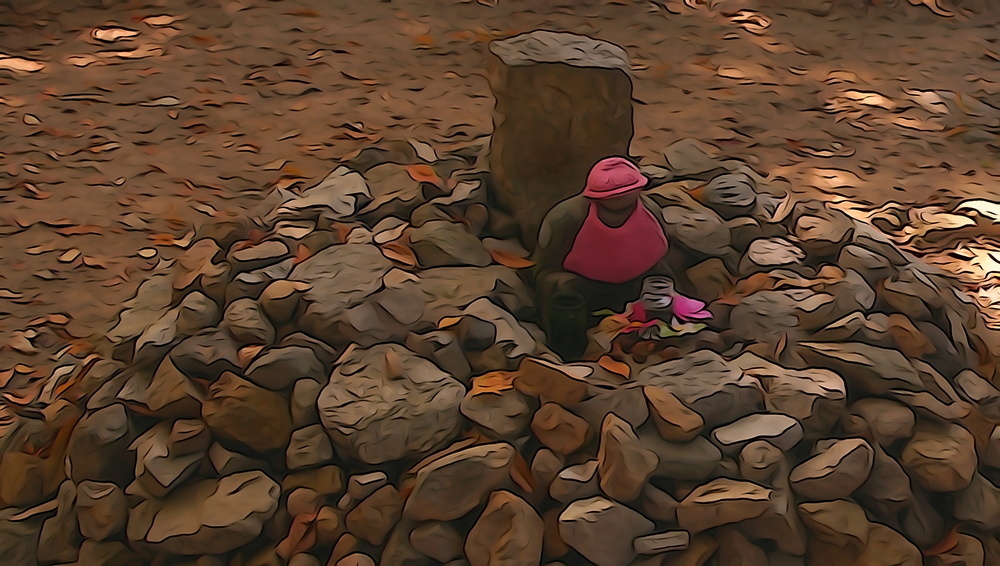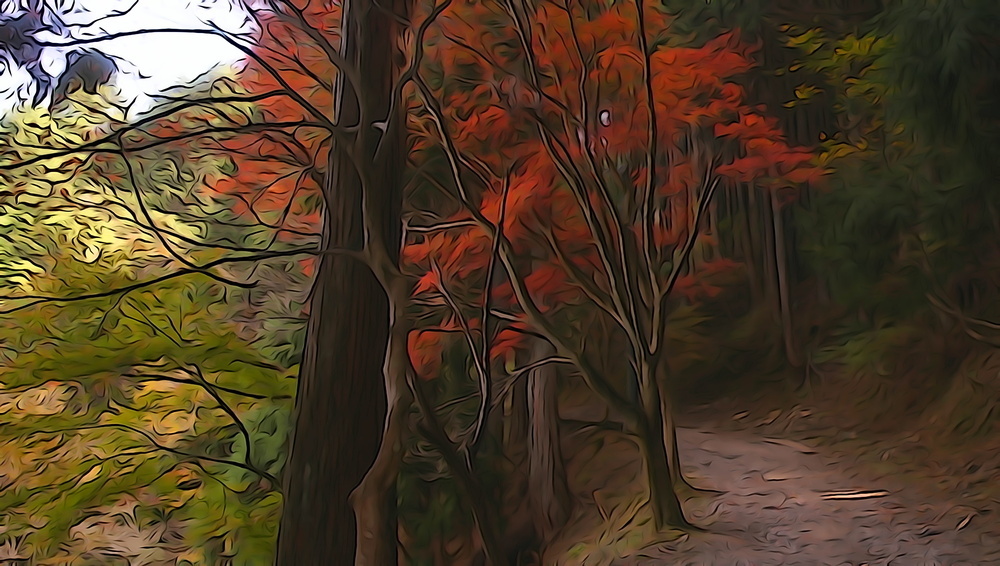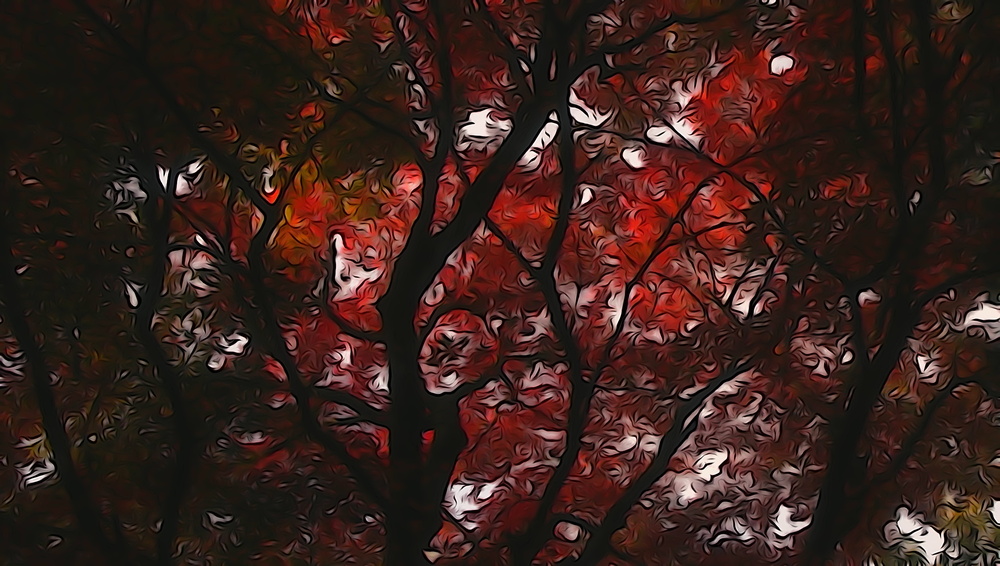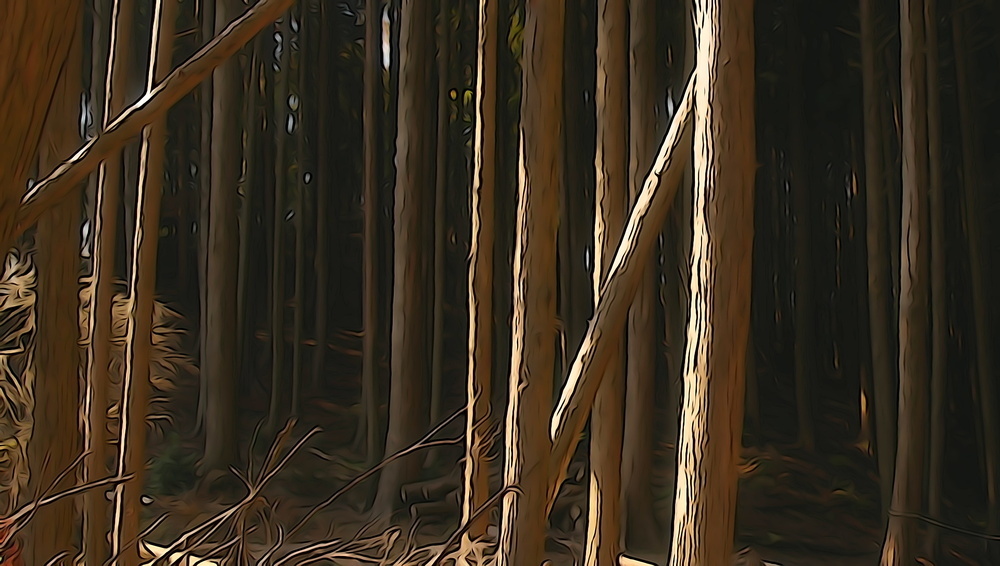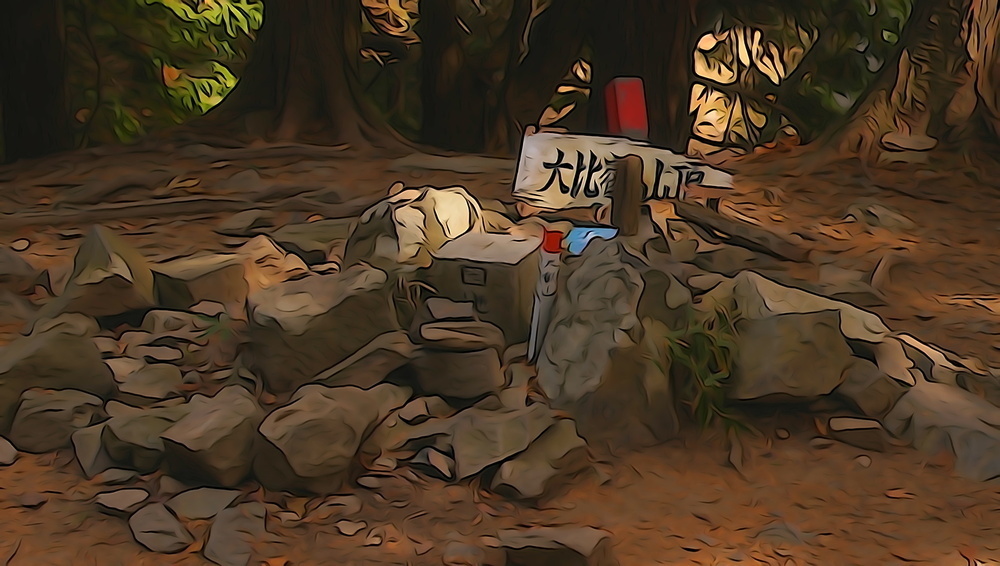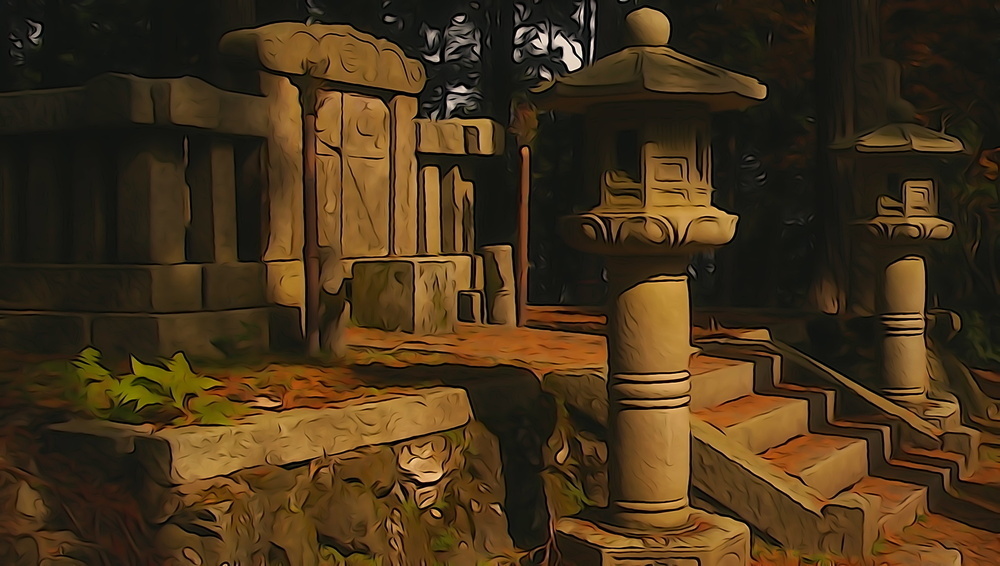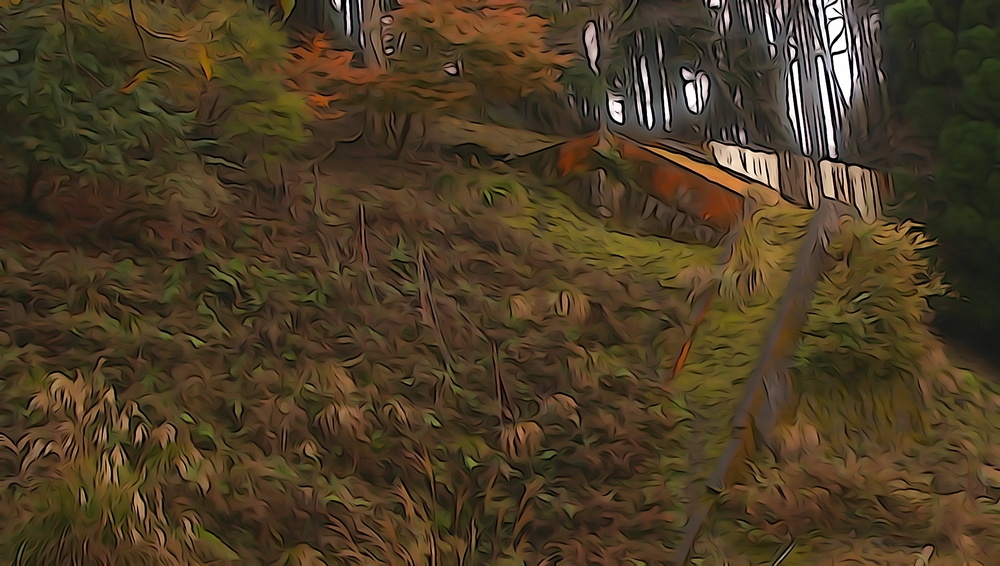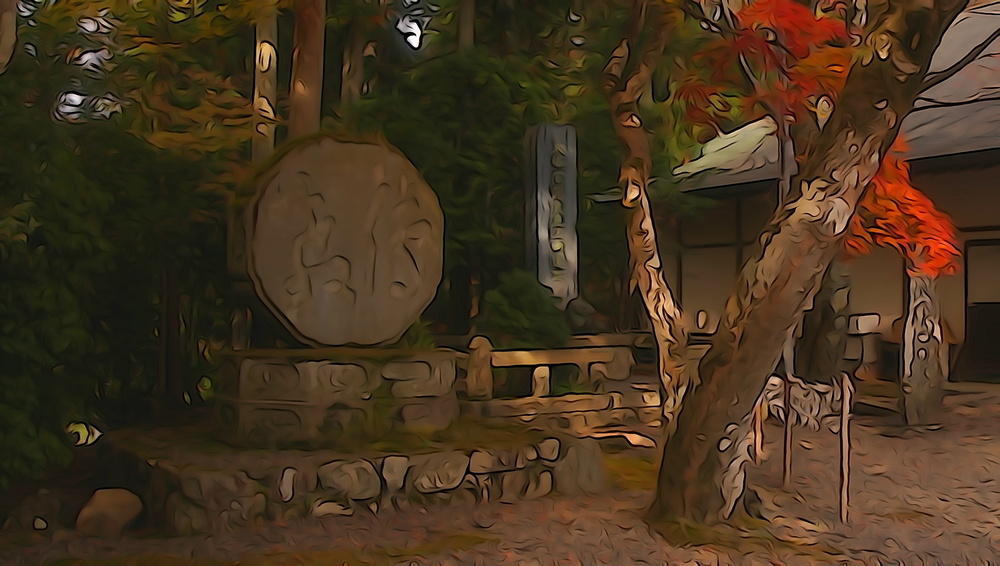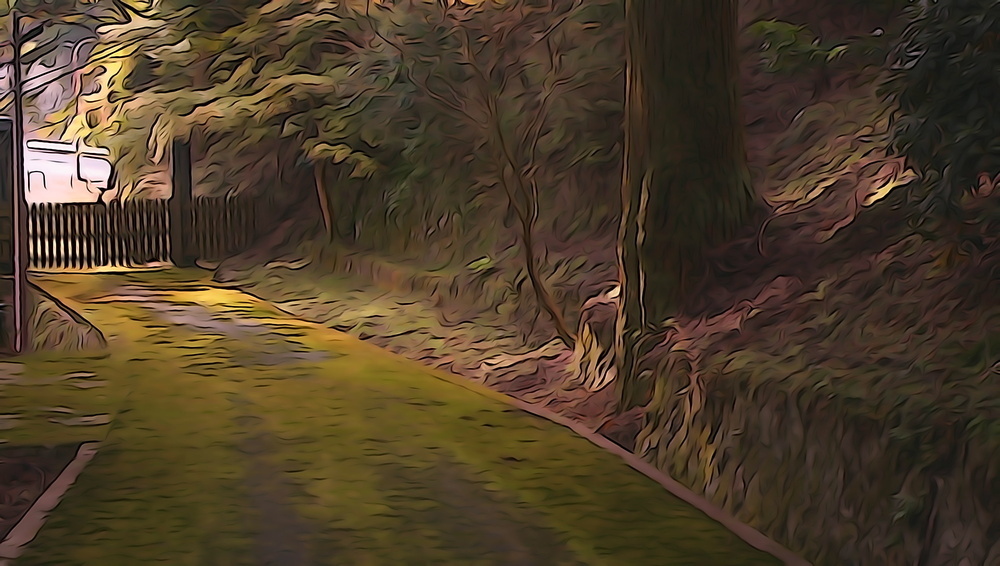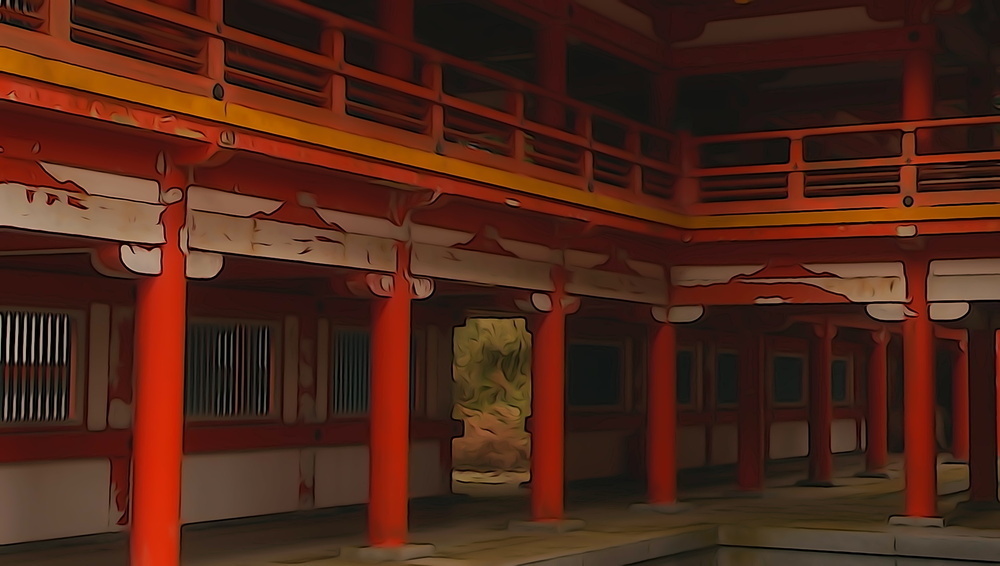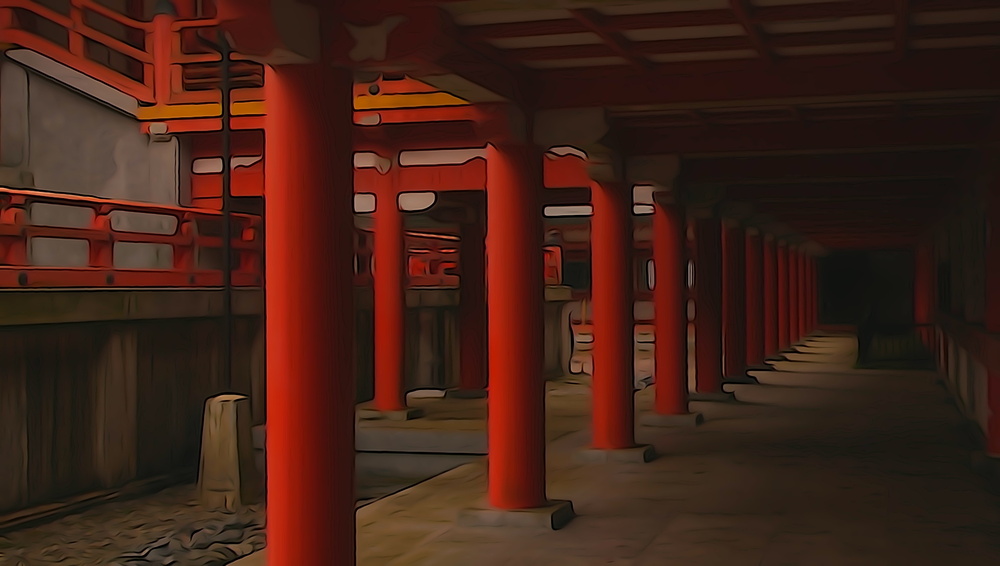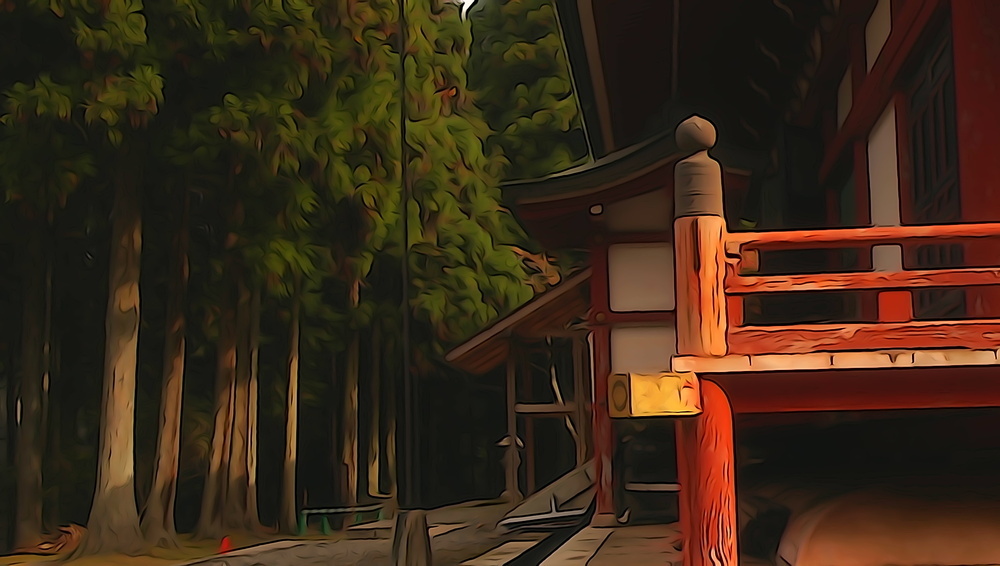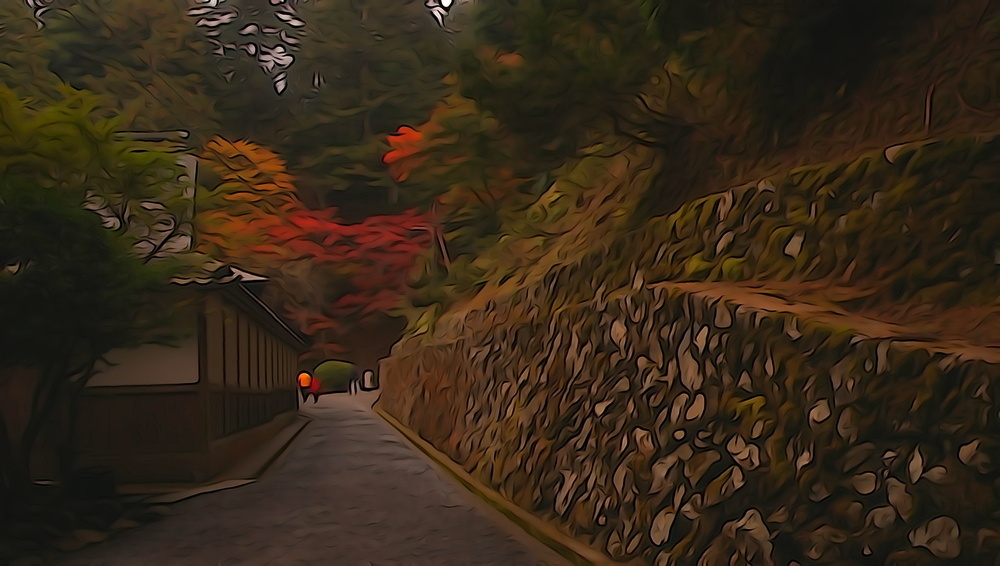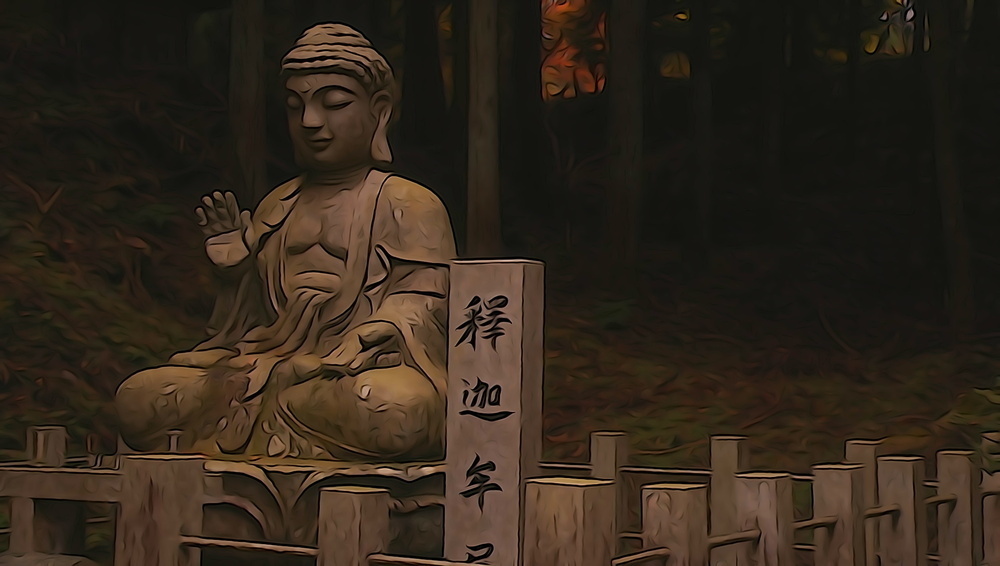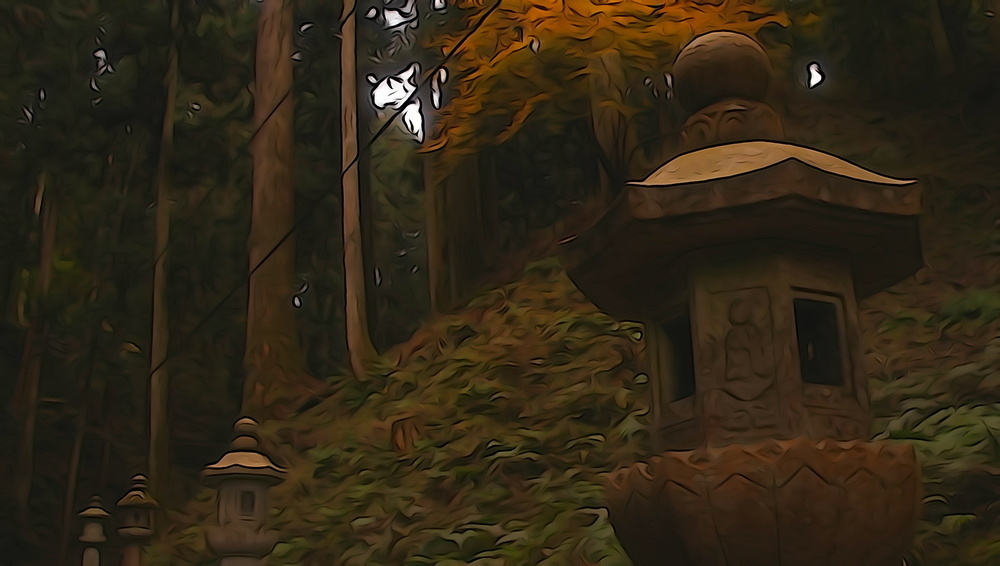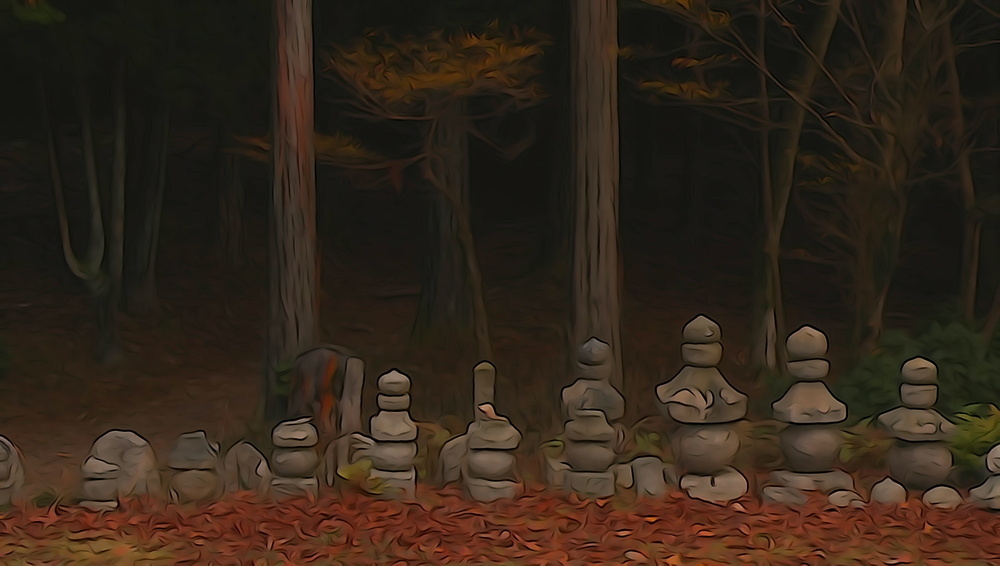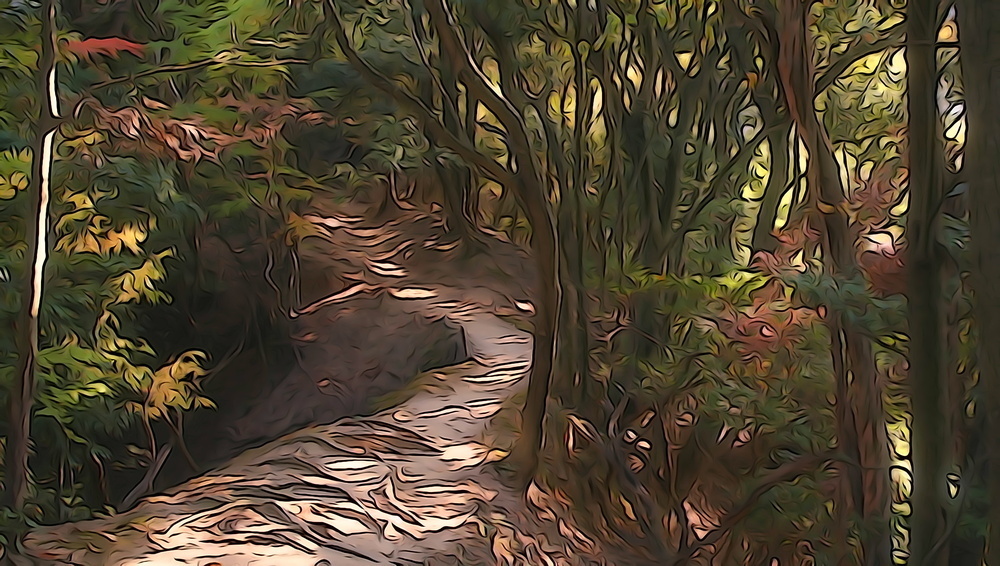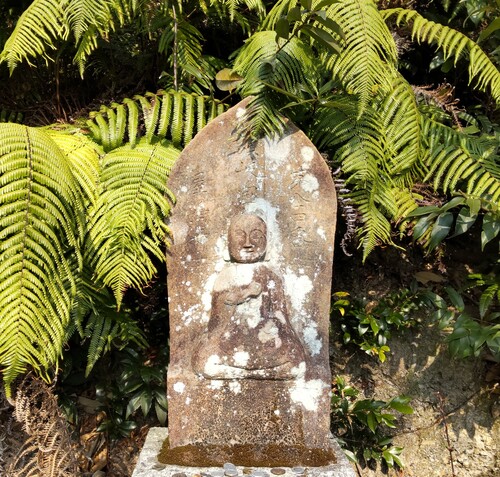Impressions of Mount Hiei
Last weekend I went once again to Kyoto, this time for a second trip up Mount Hiei to visit Enryakuji and see the splendors of fall in the mountains. Last time I went with Sakiko-san and her son Hiroki and we rode the cable car (funicular) to a spot close to the top and spent the day walking among the many Buddhist temples there. This time Sakiko-san and I walked up from the Sakyo ward in Northeast Kyoto. It was a long hike, about 10 kilometers each way climbing some 800 meters to the peak of Hieizan, but it was well worth it not only because it was a beautiful fall day, but also because of the rich history of the mountain. Although I have no idea where exactly they did so, many important figures in Japanese Buddhism walked up the mountain from Kyoto to train as monks at Enryakuji.
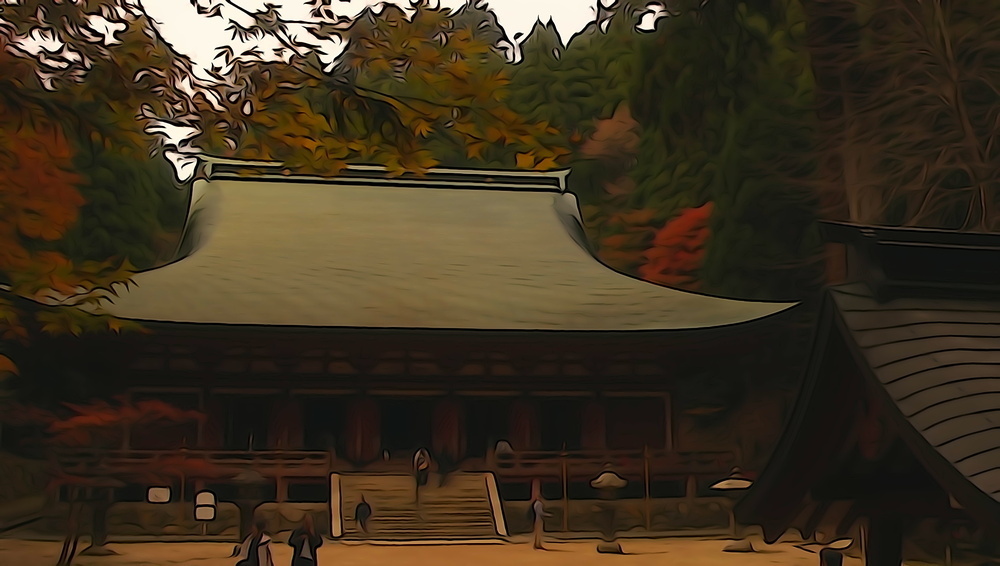
These include some seminal figures of Kamakura Era Buddhism including Honen (1133-1212), the founder of the Japanese Pure Land sect; Eisai (1141-1215) the founder of the Japanese Rinzai sect of Zen who is also credited with having brought green tea seeds to Japan from China; Shinran (1173-1263) a student of Honen who went on to found the True Pure Land school; Dogen (1200-1253) founder of the Soto school of Zen Buddhism; and Nichiren who founded his own school called Nichiren Buddhism. The fact that all of these figures left Mount Hiei because they felt that something was missing in their practice and training there, going on to found alternative schools to the doninant Tendai school still headquartered there, matters less to me least than the fact that their paths all led them up the steep flanks of Mount Hiei as fledgling Buddhist monastics. All of the versions of Buddhism they created are currently alive and well in Japan and in many other places around the world. There is certainly something special about a mountain, and the temples nestled in its wooded ridges, that could inspire so many influential spiritual seekers.
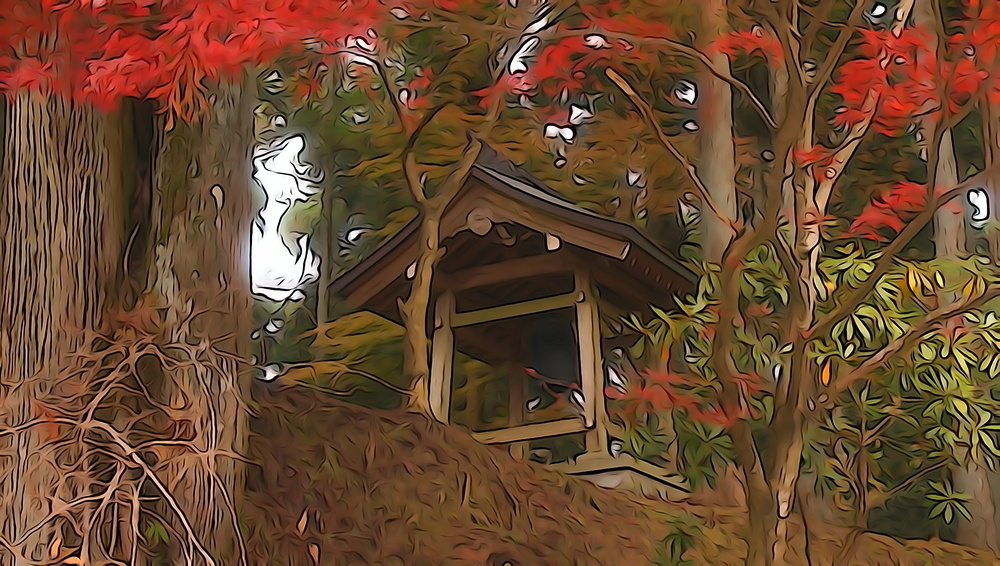
At some point before leaving home in Ako early in the morning for the train ride to Kyoto I had a lucky accident that seems fitting for a visit to such a magical place. Lately I have been using a Sony digital camera, and somehow I accidentally changed a setting in the camera without realizing it until about half way through the trip. I had inadvertently set the camera to filter all of the images it was saving through a special effect called “Illustration – mid” that smooths out details, makes colors more vibrant and adds a brushstroke like edge to shapes. When I first realized this, I was at first disappointed. I tend to think of photos as true and neutral records of real places and events. Of course they are not, since images taken with lenses projecting light onto flat sensors always produce distortions, not to mention that light, framing, exposure, composition and so on all change an ineffable visual experience into a static image in ways that go far beyond directly recording reality. But these images I was taking were far more distorted than usual. My first thought on discovering this was that I had somehow missed the experience of being there that day, that it was lost to me and whoever I wanted to share it with later.
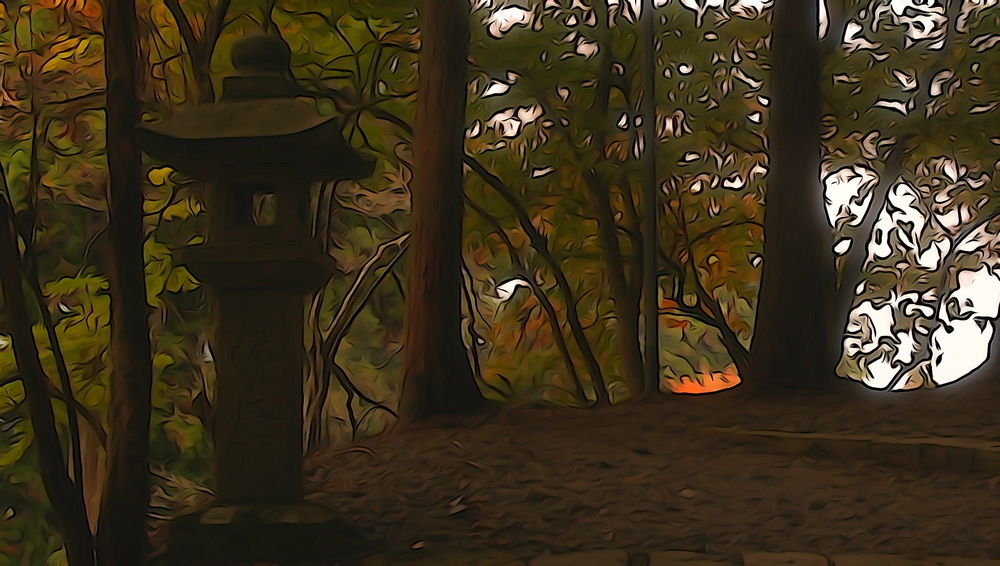
But I love the way these images turned out, even if there is something more unreal about them than my typical photos. It even seems fitting, given that Mount Hiei is already quite distorted in my imagination as the site of the home temple of so many heroes of Japanese Buddhism. So with this longish introduction, here are some of the results of this lucky accident from a long walk up and down Mount Hiei in early November, 2023.
